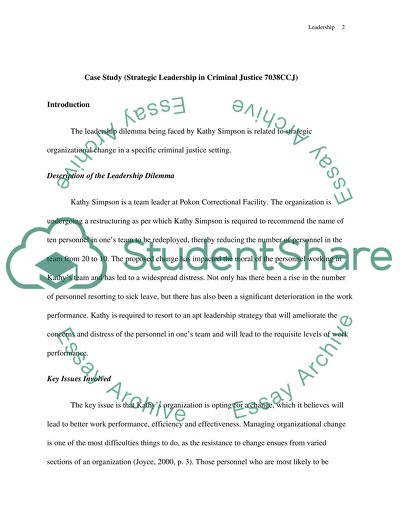Cite this document
(Strategic Leadership in Criminal Justice Case Study, n.d.)
Strategic Leadership in Criminal Justice Case Study. Retrieved from https://studentshare.org/law/1580138-case-study-for-subject-strategic-leadership-in-criminal-justice-7038ccj
Strategic Leadership in Criminal Justice Case Study. Retrieved from https://studentshare.org/law/1580138-case-study-for-subject-strategic-leadership-in-criminal-justice-7038ccj
(Strategic Leadership in Criminal Justice Case Study)
Strategic Leadership in Criminal Justice Case Study. https://studentshare.org/law/1580138-case-study-for-subject-strategic-leadership-in-criminal-justice-7038ccj.
Strategic Leadership in Criminal Justice Case Study. https://studentshare.org/law/1580138-case-study-for-subject-strategic-leadership-in-criminal-justice-7038ccj.
“Strategic Leadership in Criminal Justice Case Study”, n.d. https://studentshare.org/law/1580138-case-study-for-subject-strategic-leadership-in-criminal-justice-7038ccj.


